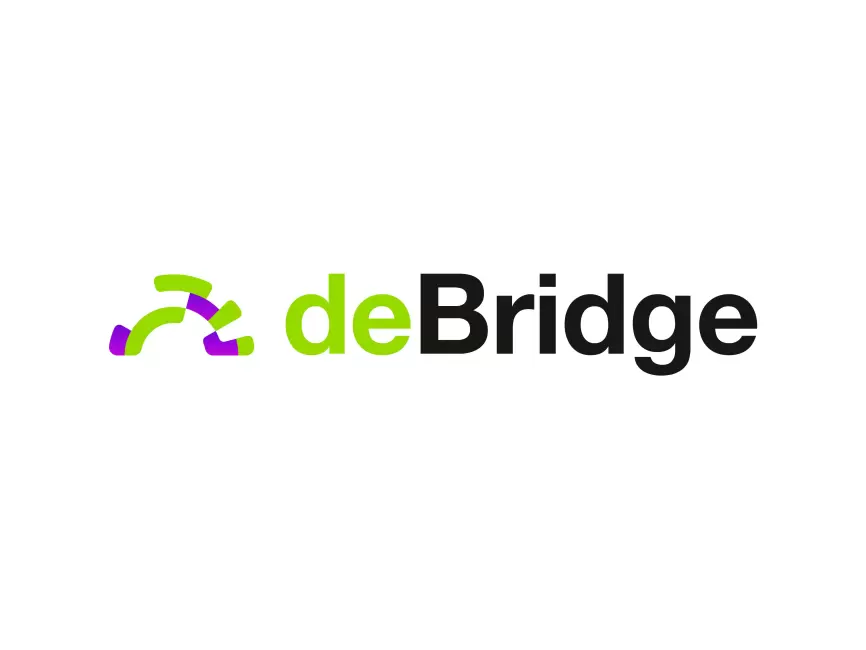Whoa! You ever get that feeling when you’re juggling multiple DeFi apps across different chains, and something just feels off? Like, why does swapping tokens from Ethereum to BSC still feel like a maze? Honestly, I’ve been down that rabbit hole more times than I care to admit. Initially, I thought bridging assets was just a matter of connecting networks, but it turns out the devil’s in the details—or better said, in the protocol messiness.
Cross-chain swaps are supposed to be seamless, right? But here’s the thing: the ecosystem is still very much in its adolescence. Different blockchains speak different “languages,” and making them talk without losing your tokens is no small feat. Something felt off about the existing bridges; they often sacrifice speed for security, or vice versa. And oh—don’t even get me started on user experience. It’s like using dial-up in a fiber optic world.
But let’s rewind a bit. What exactly do we mean by DeFi interoperability? In simple terms, it’s the ability of decentralized finance protocols to operate across multiple blockchain networks without friction. Imagine you want to lend assets on one chain and borrow on another, or swap tokens locked in different ecosystems—all without pesky delays or high fees. Sounds dreamy, right? Yet, the reality is a tangled web of smart contracts, validators, and consensus mechanisms.
At first glance, you might assume interoperability is just a tech problem, but it’s also a trust issue. How do you know the bridge or protocol isn’t vulnerable? My gut said, “Look for projects with solid audits and decentralized governance,” but I quickly realized that’s only half the story. The other half is about liquidity and how bridges handle transaction finality across chains.
Here’s where protocols like debridge finance come into play. They’re trying to stitch together this fragmented landscape by offering a cross-chain transfer and interoperability layer that doesn’t compromise on speed or safety. I’ve tested it firsthand, and while it’s not perfect, it’s definitely a step in the right direction.
Okay, so check this out—why is cross-chain swap so tricky? Well, blockchains have different confirmation times and security models. Ethereum’s proof-of-stake finality is different from, say, Avalanche’s consensus. When you send assets across chains, the receiving chain has to be sure the sending chain’s transaction is irreversible, otherwise you risk double-spending or losing funds.
Many bridges rely on “lock and mint” mechanisms—locking tokens on the source chain and minting wrapped versions on the target. Sounds straightforward, but this introduces wrapped asset risk. Plus, if the bridge’s validators or relayers get compromised, users could lose their assets. That’s a big caveat.
Initially, I thought decentralized validation was the holy grail. But on one hand, decentralization enhances security, though actually it can slow down confirmations and increase costs. On the other hand, centralized relayers speed things up but become single points of failure. So, the challenge is balancing trustlessness with usability.
Here’s what bugs me about many existing solutions: they often force users into complex workflows. You have to manually approve transactions on both chains, monitor confirmations, and pray you don’t get stuck in limbo. That’s not the DeFi dream. It should be as easy as clicking “swap” and watching it happen.
Something I really appreciate about debridge finance is its focus on a user-friendly interface paired with robust security measures. The protocol uses a decentralized validator network to confirm cross-chain messages, reducing reliance on any single entity. Plus, it supports a wide variety of chains, which is crucial as the DeFi space grows more heterogeneous.
Now, I’m biased, but the future of DeFi interoperability will likely be multi-layered. Not just bridges, but also cross-chain smart contracts that can execute logic atomically across networks. Think about it—if you could trigger a lending action on one chain and immediately use those funds on another, that would be a game changer.
Interestingly, there are emerging standards aiming to unify cross-chain communication, like the Inter-Blockchain Communication protocol (IBC) in the Cosmos ecosystem. Though promising, these solutions are yet to achieve mass adoption outside their own ecosystems.
Here’s a fun tangent—some projects are experimenting with optimistic rollups for cross-chain swaps, hoping to reduce latency and fees. But these are still experimental and not battle-tested at scale. So, for now, most users rely on robust bridging protocols.
While I’m excited about these advancements, I’m not 100% sure that any single solution will dominate. The space is just too fragmented, and each chain has unique trade-offs. What I do know is that projects like debridge finance are pushing the envelope by blending decentralized validation with a seamless user experience.

Why Cross-Chain Swaps Matter More Than Ever
Seriously, cross-chain swaps are the backbone of DeFi’s next phase. Without them, liquidity stays siloed, and users can’t fully leverage the diverse ecosystems out there. Imagine trying to trade a token on one chain and only being able to use it there—pretty limiting, right?
The problem goes beyond just swapping tokens. Interoperability enables composability, where protocols can build on each other’s strengths across chains. That’s how you get complex DeFi products like multi-chain yield farming or cross-chain synthetic assets.
But here’s the kicker: the more chains involved, the more complex the security landscape becomes. You’re not only trusting the bridge but also the smart contracts and validators behind it. That’s why I’m cautious about new protocols that don’t clearly explain their security model.
On the bright side, some bridges now use economic incentives and slashing mechanisms to keep validators honest. It’s like a built-in accountability system. This makes me think of how proof-of-stake itself revolutionized blockchain security through game theory.
Okay, so back to practicalities—if you want to try cross-chain swaps yourself, look for protocols with transparent governance and active community audits. My instinct says that’s a much safer bet than jumping on a flashy new bridge with no track record.
And again, if you want a solid start, check out debridge finance. Their blend of security, speed, and multi-chain support makes them a standout in a crowded space.
One last thought: as cross-chain tech matures, I expect wallets, exchanges, and protocols to integrate these bridges natively. That means users won’t even notice the chain boundaries anymore, and DeFi will truly become borderless.
But until then, keep your eyes open and your private keys safer. Interoperability is exciting, but it’s still the wild west out there.












